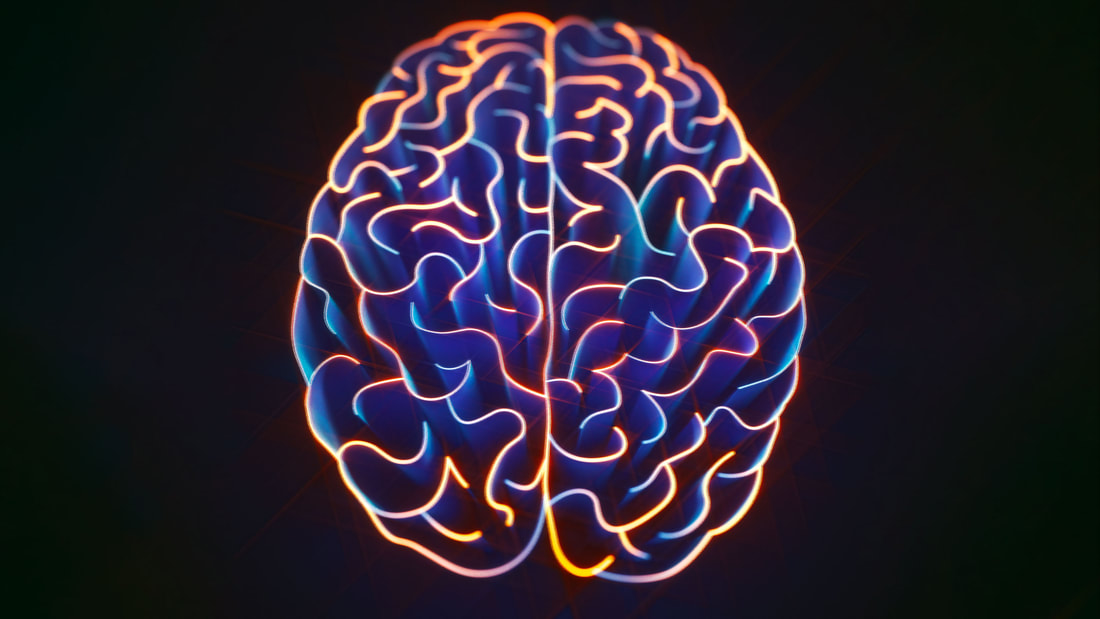|
By Ellen Alt Book is to reading, as fork is to: a. drawing, b. writing, c. stirring, d. eating. If you got “d,” congrats! You just got one IQ question right, and you exercised your brain in the process. Although increasing our intelligence might be an entertaining thought, intelligence is not that simply defined. IQ is understood as one’s intelligence quotient, or “a number representing a person’s reasoning ability,” or alternatively, “the ability to collect and apply knowledge and skills.” Western society values higher intelligence as it contributes to increased success in the workplace, but that is merely based on our warped metrics of intelligence and success, as there are other types of intelligence. Rather, when considering a comprehensive understanding of intelligence, we should consider varying levels of the intelligence quotient IQ, different types of intelligence (emotional, artistic, etc.), and different ways of learning. IQ might be our most common term associated with intelligence, but it is only one metric of one's ability to reason and measure, ignoring other aspects that make up intelligence. For example, genetic factors such as genetic predispositions help shape brain mechanics. In fact, all of the following play a role in IQ make-up: environmental factors, like a strong learning environment and love and support; and practice that strengthens the brain and its neuronal pathways. Thus, a mutable metric that disproportionately affects people without resources puts into question the IQ metric itself. These disproportionate effects are inherent in the racist history behind the IQ test. French psychologist Alfred Binet designed the IQ test in the early 1900s to help identify students who might need more help in school, yet even he stressed the limitations of the test: it is impossible to capture innate intelligence, intelligence changes over time, and the test results are only comparable between test-takers of similar environmental backgrounds. Despite these limitations, Binet’s test was adopted by American physicians around 1910, by American public schools in 1911, and by officials to test immigrants at Ellis Island in 1913, all thanks to Henry Goddard, a prominent twentieth century eugenicist. Goddard was a member of the Ohio Committee for the Sterilization of the Feebleminded, which in 1963 sterilized four women, sanctioned by law, only on the basis of the Binet intelligence test. IQ is highly dependent on environmental factors; IQ results are correlated with higher socioeconomic status, academic achievement, and systemic racism (bringing its own environmental factors). The same is true for other psychometric standardized tests such as the SAT and ACT, which are widely used for undergraduate college applications without acknowledging the environmental factors that go into these measurements of intelligence. Knowing this, the University of California dropped its standardized test requirement in May 2020, and plans to develop its own test by 2025. Other universities may follow in switching to more holistic tests. Scientists also criticize IQ as a valid metric of intelligence: how much of intelligence is nature, how much is nurture? No study can perfectly measure the degree to which nurture contributes to intelligence, but they all conclude that IQ does not sufficiently describe all of cognition and social cognition, nor does it explore the social, environmental, and technological factors that can impact intelligence. Many modern scientists have moved past conceptions of intelligence based solely on IQ to include more nuanced understandings of intelligence, such as emotional intelligence. A new study published in Personality and Individual Differences explores the connection between well-being and intelligence using multiple metrics such as emotional intelligence, socioeconomic factors, and skills such as managing emotions. New studies such as the one just mentioned are exploring another aspect of intelligence, not trying to be the new IQ test. This approach is remarkably similar to a culmination of 20 years of research by the Cognition and Brain Sciences Unit in Cambridge; this lab explored every lobe of the brain and used as many tests as possible to measure metrics from memory to planning. The result? The 12 pillars of wisdom, based on the correlation of all known levels of cognition to each part of the brain. For example, the task of mental rotation correlates to the superior parietal cortex, which is found at the back and top of the brain, one piece, one pillar, of the complex ways that our bodies compose intelligence. The researchers admit that even the most detailed studies can never truly characterize intelligence, but their study scientifically typifies intelligence in the most comprehensive way thus far, shutting down naively using the IQ test, and contextualizing more aspects of intelligence. The more that scientists include different metrics of intelligence in their studies, the better people can interpret how their own intelligence can benefit them in life, and how people can work towards more equitable intelligence acquisition or learning environments with socioeconomic factors in mind. Intelligence isn’t just a number; we cannot define it by one metric, but we can research it and combat the socioeconomic inequities that go into it.
0 Comments
Leave a Reply. |
Categories
All
Archives
April 2024
|

